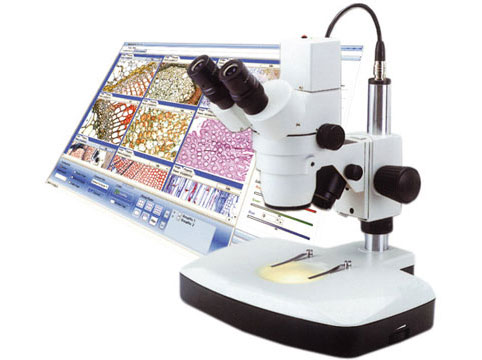Digital microscopes are a game-changer in the world of microscopy. They have transformed the way we view, capture, and analyze micro-objects. They are becoming increasingly popular in various fields, from biology to electronics. In this article, we will dive into the world of digital microscopes and discuss what they consist of.
So what exactly is a Digital Microscope?
Digital microscopes are a type of microscope that connects to a computer or laptop via a USB port. They allow users to view magnified images on a computer screen, and some models even come with built-in cameras for capturing images and videos.

Components of Digital Microscopes
Digital microscopes consist of several components that work together to produce magnified images.
Lens
The lens is the most critical component of any microscope. It gathers and focuses light from the specimen, producing a magnified image. Digital microscopes can have either fixed or adjustable lenses, depending on the model.
Light source
The light source is an essential component of a microscope. It illuminates the specimen, making it visible to the user. Digital microscopes can have different types of light sources, such as LED, fluorescent, or halogen.
Camera
The camera is the component that captures images or videos of the specimen. It is either built-in or external and connects to the computer via a USB port. Digital microscopes can have different types of cameras, such as CMOS or CCD.
Software
The software is the interface between the microscope and the computer. It allows users to control the microscope's functions, capture images, and record videos. Digital microscope software can have different features, such as image editing, measurement tools, or time-lapse recording.